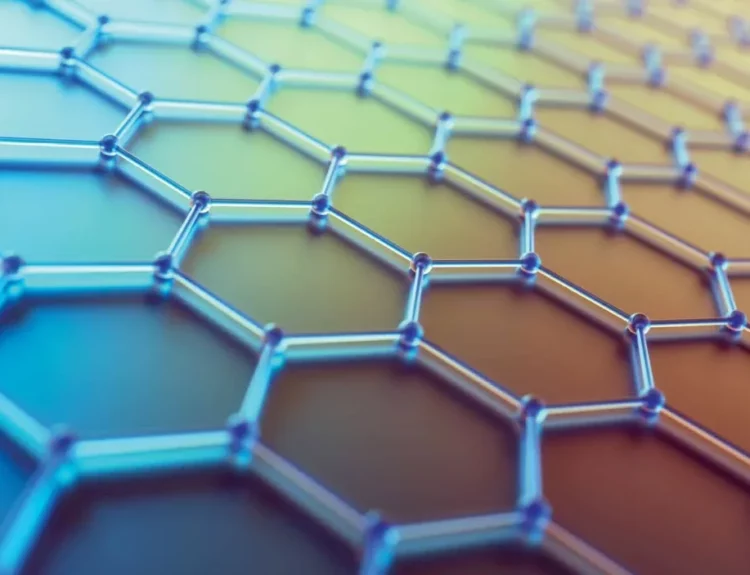The silver conductive paste is widely used in electronics for its excellent electrical conductivity and reliability. It is a critical material in solar panels, printed circuit boards (PCBs), and flexible electronics. However, silver is a costly metal, and its price can make the production of electronic devices expensive. To address this issue, researchers and industries are exploring alternatives that offer similar performance at a lower cost.
Why Look for Alternatives?
- High Cost of Silver: Silver’s high price increases the overall cost of manufacturing electronic products.
- Limited Availability: Silver is a precious metal, and its supply can be affected by global demand and mining limitations.
- Need for Affordable Electronics: Cheaper materials are required to make devices like solar panels and wearables accessible to more people.
Potential Alternatives to Silver Conductive Paste
Copper-Based Conductive Pastes
- Advantages: Copper is much cheaper and more abundant than silver. It also offers good electrical conductivity.
- Challenges: Copper is prone to oxidation, which can reduce its performance over time. Researchers are developing coatings and additives to protect copper from corrosion.
Carbon-Based Conductive Materials
- Advantages: Materials like graphene and carbon nanotubes are affordable and offer excellent conductivity and flexibility.
- Applications: These are ideal for flexible electronics, sensors, and low-cost devices.
- Challenges: Carbon materials may not match the high conductivity of silver for some high-performance applications.
Silver-Coated Materials
- Advantages: Instead of pure silver, materials like copper or nickel are coated with a thin layer of silver. This reduces the amount of silver used while maintaining conductivity.
- Applications: Widely used in solar cells and antennas.
- Challenges: The manufacturing process can still be complex and costly.
Conductive Polymers
- Advantages: Polymers like PEDOT: PSS are lightweight, flexible, and low-cost.
- Applications: Used in displays, touchscreens, and wearable devices.
- Challenges: These polymers may provide a different level of conductivity than silver or copper.
Current Innovations
Researchers are working on hybrid materials combining two or more of the abovementioned alternatives. For example:
- Copper and Graphene Mixtures: Combining copper’s conductivity with graphene’s flexibility and oxidation resistance.
- Nanotechnology: Using nanoscale particles to enhance the properties of alternative materials.
Manufacturers of Silver Conductive Paste
Benefits of Low-Cost Alternatives
- Affordable Electronics: Lower material costs mean cheaper products for consumers.
- Sustainable Manufacturing: Reduced reliance on silver can lower the environmental impact of mining.
- More comprehensive Access to Technology: Affordable solar panels and electronics can help more people benefit from these innovations.
Conclusion
Developing low-cost alternatives to silver conductive paste is crucial for the future of electronics. While silver remains a high-performing material, its cost and scarcity drive the need for more affordable options. With advances in materials science and nanotechnology, alternatives like copper, carbon-based materials, and conductive polymers are becoming viable solutions. These innovations promise to make technology more accessible and sustainable for everyone.
The industry can balance performance and cost by continuing research and collaboration, paving the way for a brighter, more connected future.







